News
Yay! One UI 5 offers 16 Dynamic Theme Colour Palettes
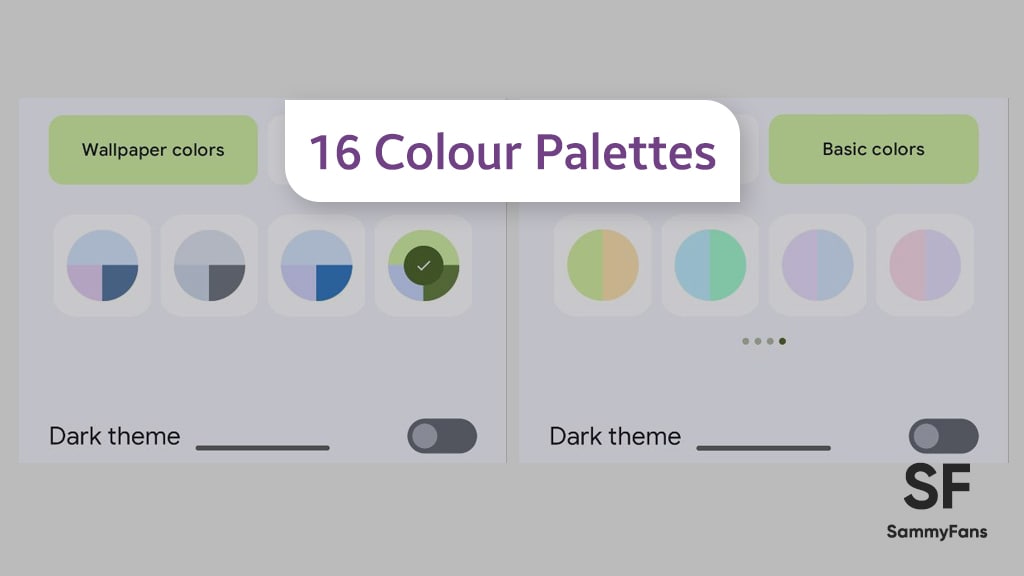
Samsung has just started the One UI 5 Beta program for the Galaxy S22 series in Germany. At the same time, the company has started to release the first One UI 5 Beta build to eligible smartphones. Among the new features, Samsung expanded the Dynamic Theme Colour Palettes from 4 to 16, with the One UI 5 Beta!
The One UI 5 Beta changelog begins with the most wonderful feature – Dynamic Theme, which is now even more powerful and eye-catching, with a total of 16 Colour Palettes. It will let Samsung consumers easily get the right colors not only from lockscreen and homescreen wallpapers.
Not only from user-selected wallpaper, the One UI 5 software will now show you a total of 16 Colour Palettes in which the additional are from preset color themes and may be unrelated to the lockscreen or homescreen wallpaper. Anyways, this significant addition will surely enhance your experiences while using the Galaxy devices.

Material You
Google introduced the Material You design language with the Android 12 operating system. It brings 4 different Colour Palettes so you can apply one of the dominant colors from the wallpapers of your smartphone. However, the Android 13 brings 12 more new options for “basic color” themes.
As mentioned above, the 4 Colour Palettes will be created directly from the colors available on your homescreen or lockscreen wallpaper. However, the additional colors will be presented by the Material You design language so you can have more customization abilities.
I’ve not yet seen the One UI 5 Beta, however, the offerings of the One UI 5 Beta should be the same as the Android 13 operating system as Colour Palettes are also multi-toned, combining a bold color with a more relaxed complementary tone.
Android 13 Colour Palettes
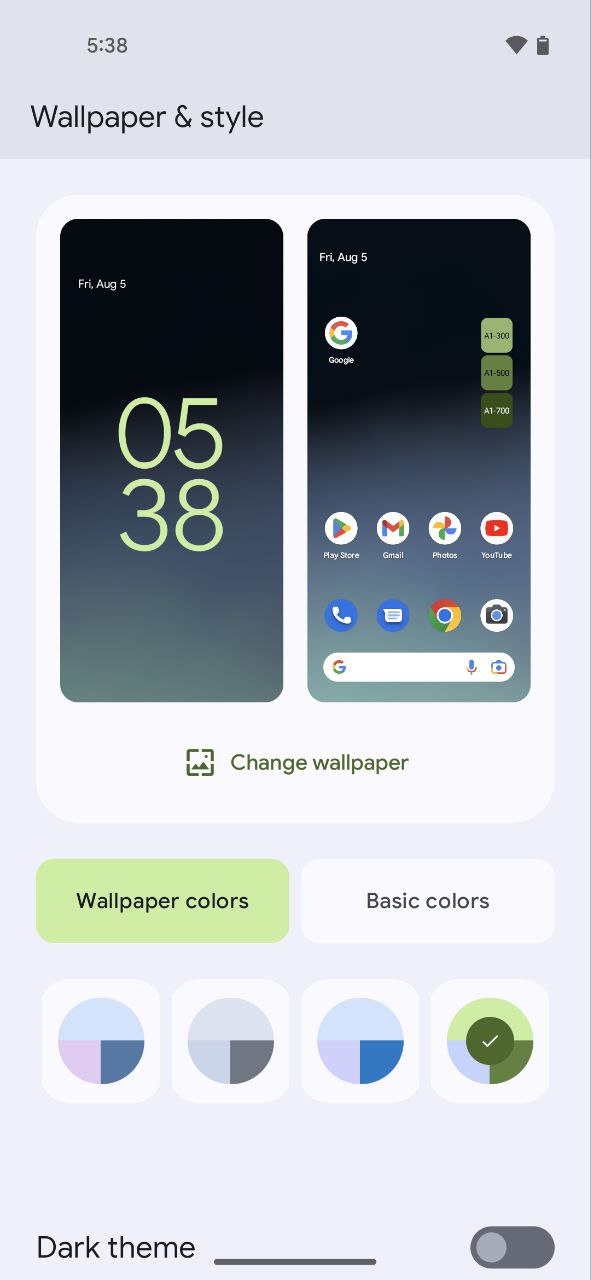
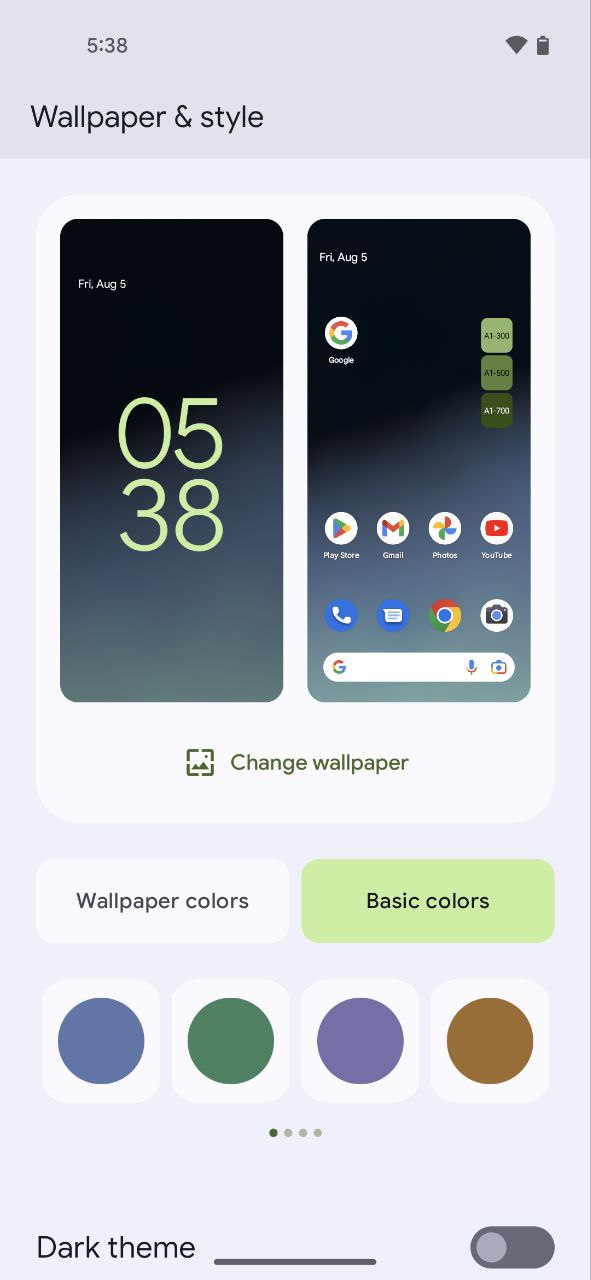
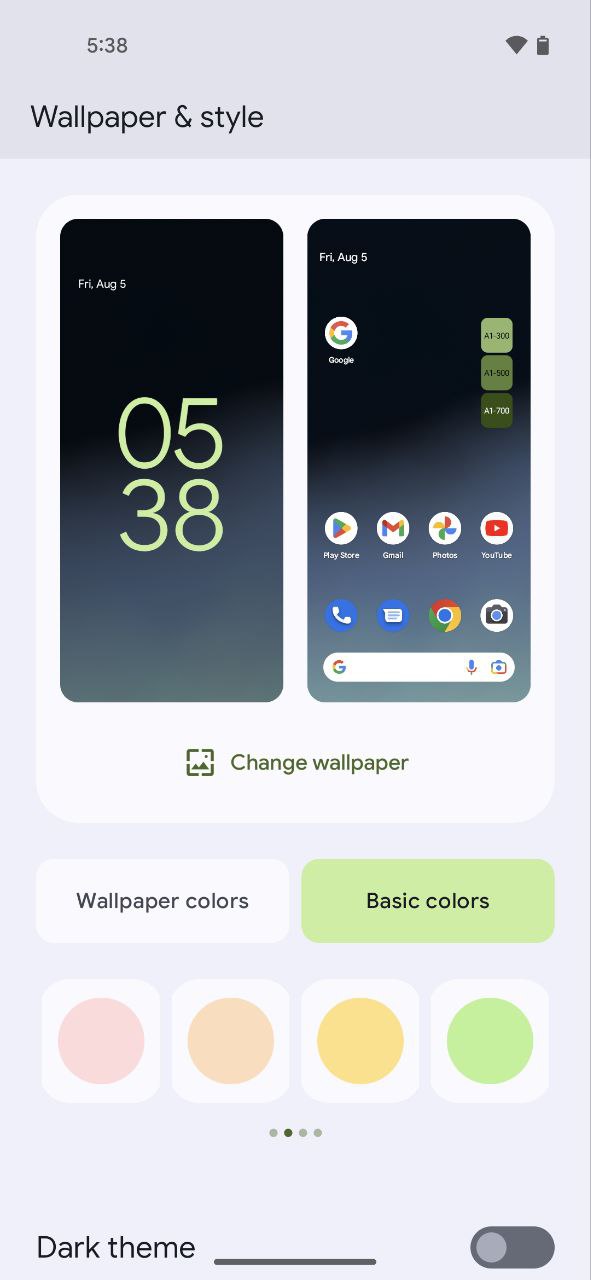


News
Samsung teases ‘Made for Germany’ free TV streaming!
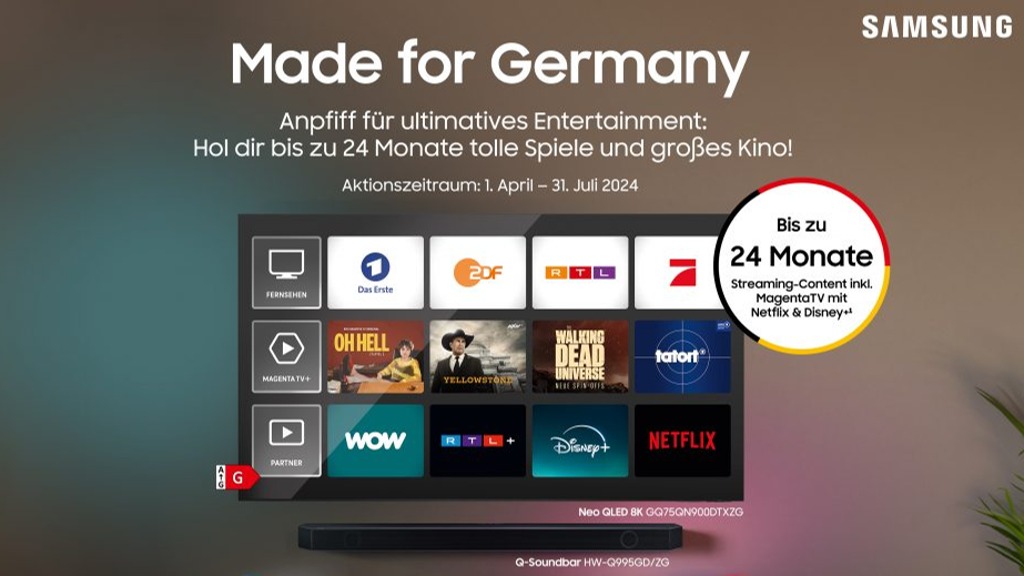
Samsung launched the “Made for Germany” promotion TV program for residents in Germany. The company will be opening new TV opportunities in the country on July 1st. Thanks to the abolition of ancillary costs, Tenants will be allowed to choose which TV provider they want to use.
Under the “Made for Germany” TV promo, Samsung will offer an attractive streaming service for free. By purchasing a high-quality promotional Samsung device, customers will get up to 24 months of free access to first-class live TV and streaming content.
Those who choose a promotional device by July 31 will receive Telekom’s streaming program with Magenta TV and in some cases even Netflix and Disney+, for up to 24 months free of charge on top, depending on the promotional model.
Curtains up for the “Made for Germany” promotional devices: The Samsung 98-inch devices, such as the QN990C2, Q80C3, and the 2023 and 2024 QN90C/D.
Those who choose the QN990C, Q80C, or QN90C/D will also receive the Magenta TV offer including Disney+ and Netflix free of charge for 24 months.
There are RTL+ Max and Sportworld for 12 months each, 12 rental films via Maxdome, HD+/Sat and waipu.tv for 6 months, and Zattoo and qobuz for 3 months.

Image: Samsung Newsroom
Stay up-to-date on Samsung Galaxy, One UI & Tech Stuffs by following Sammy Fans on X/Twitter. You can also discover the latest news, polls, reviews, and new features for Samsung & Google Apps, Galaxy Phones, and the One UI/Android operating system.
Do you like this post? Kindly, let us know on X/Twitter: we love hearing your feedback! If you prefer using other social platforms besides X, follow/join us on Google News, Facebook, and Telegram.
News
Samsung’s storm busted Apple in India’s premium smartphone market

IDC recently published its report on India’s various smartphone segments. In particular, the premium smartphone market in India witnessed Samsung’s storm in the first quarter of the year. Meanwhile, Apple managed to survive but the margin was negligible.
According to IDC, Apple’s share declined YoY to 45%, while Samsung was a close second with a 44% share. The Galaxy maker had just 16% market share in the premium smartphone segment a year back. This rapid growth stunned the iPhone’s lead in India.
IDC analysts ranged premium segment between cost $600<$800. Models costing between was 2% overall shipments and declined by 21% in unit terms. During the first three months of 2024, key models were the iPhone 13, Galaxy S23FE/S23, iPhone 12 and OnePlus12.
The report mentions that India’s smartphone market shipped 34 million units in 1Q24. The country’s smartphone market grew 11.5% year-over-year, the third consecutive quarter in terms of growth. However, the super-premium segment is still dominated by Apple iPhones.
“Several new launches across multiple price segments happened during the quarter, coupled with increased promotional activities, particularly around premium offerings. Brands continued their focus on microfinancing schemes to drive affordability. eTailers organized several sales events and offered discounts on models nearing their end-of-life (EOL), resulting in increased demand and lean inventory,” said Upasana Joshi, Senior Research Manager, Client Devices, IDC India.
Stay up-to-date on Samsung Galaxy, One UI & Tech Stuffs by following Sammy Fans on X/Twitter. You can also discover the latest news, polls, reviews, and new features for Samsung & Google Apps, Galaxy Phones, and the One UI/Android operating system.
Do you like this post? Kindly, let us know on X/Twitter: we love hearing your feedback! If you prefer using other social platforms besides X, follow/join us on Google News, Facebook, and Telegram.
News
Apple, TSMC to be jealous: Samsung Galaxy Watch 7 adopts 3nm Exynos W1000

Samsung may be the first to debut a 3nm chipset on wearable devices. Apple and its chipset supplier TSMC may feel jealous as Samsung is expected to fuel the Galaxy Watch 7 series with an advanced Exynos W1000 processor, manufactured on a 3nm process.
Before applying 3nm to the Exynos 2500, Samsung is rumored to introduce 3nm-based Exynos W1000 with the Galaxy Watch 7 series. It’s a significant approach by the Korean tech giant over its archrivals Apple and Taiwan’s TSMC.
Samsung could commence operations of its 2nd-gen 3nm line in Korea in the second half. The fabrication site will likely mass produce a 3nm wearable chipset. The Exynos W1000 chip is slated to offer up to 20% improved computational performance and power efficiency.
Also Read | Samsung teases wearable revolution: Rectangular Galaxy Watch 7 Ultra, Ring?
The company’s next Unpacked event is scheduled for July this year. Alongside foldable phones and a new earbuds lineup, the Galaxy Watch 7 and Galaxy Ring would be introduced. This year’s smartwatch range may feature three different models.
Exynos 2500
Recently, it was revealed that the Exynos 2500 is preparing to be fabricated on a 3nm process. It isn’t surprising news as Samsung itself revealed this last year, the preparations are going well is a noteworthy development. Qualcomm may also introduce its first 3nm Snapdragon later this year.
Samsung Galaxy S25’s Exynos 2500 aims to crush Snapdragon 8 Gen 4
Stay up-to-date on Samsung Galaxy, One UI & Tech Stuffs by following Sammy Fans on X/Twitter. You can also discover the latest news, polls, reviews, and new features for Samsung & Google Apps, Galaxy Phones, and the One UI/Android operating system.
Do you like this post? Kindly, let us know on X/Twitter: we love hearing your feedback! If you prefer using other social platforms besides X, follow/join us on Google News, Facebook, and Telegram.












